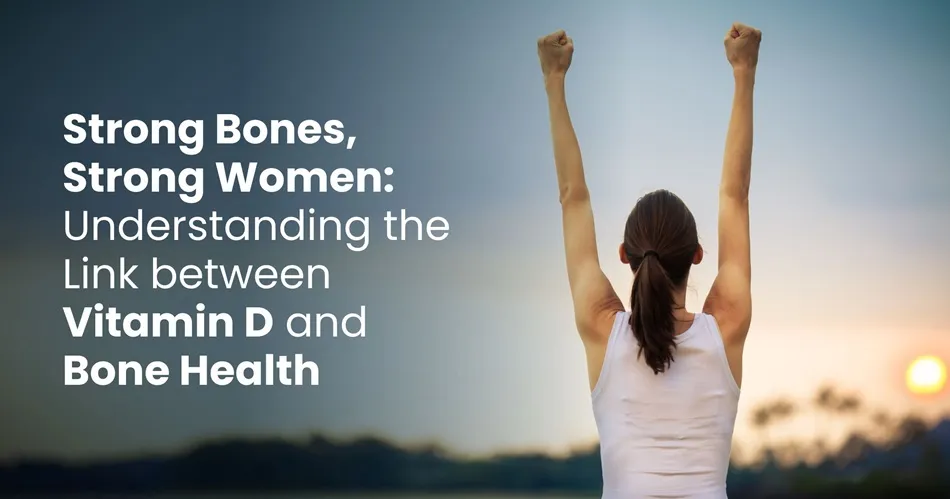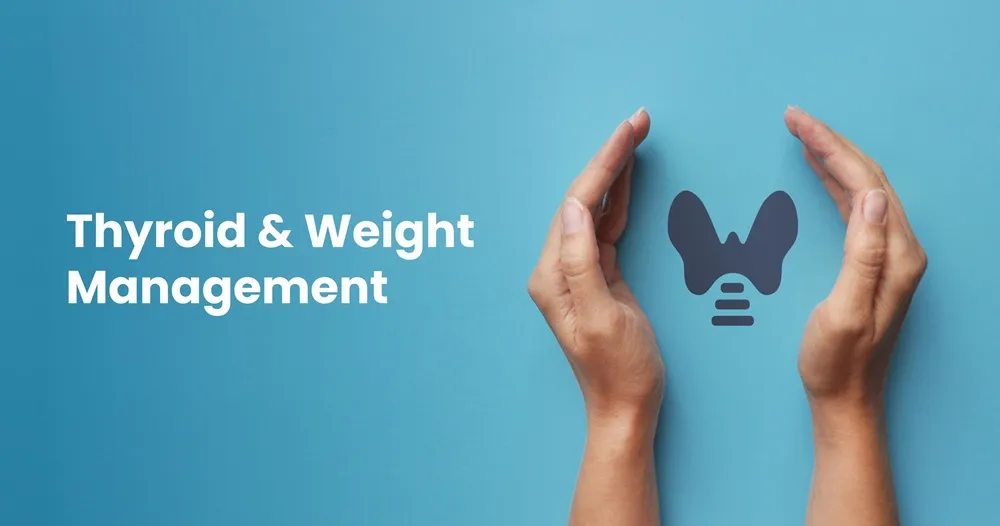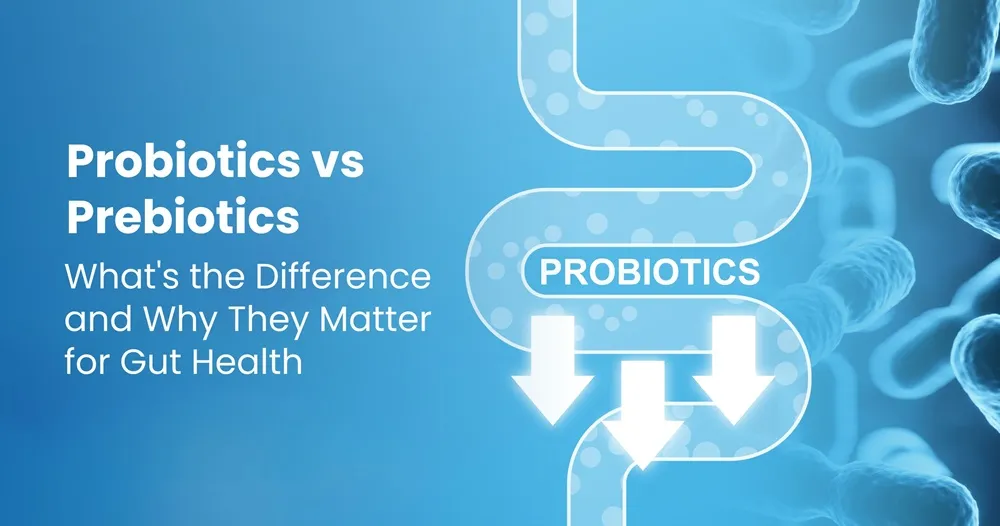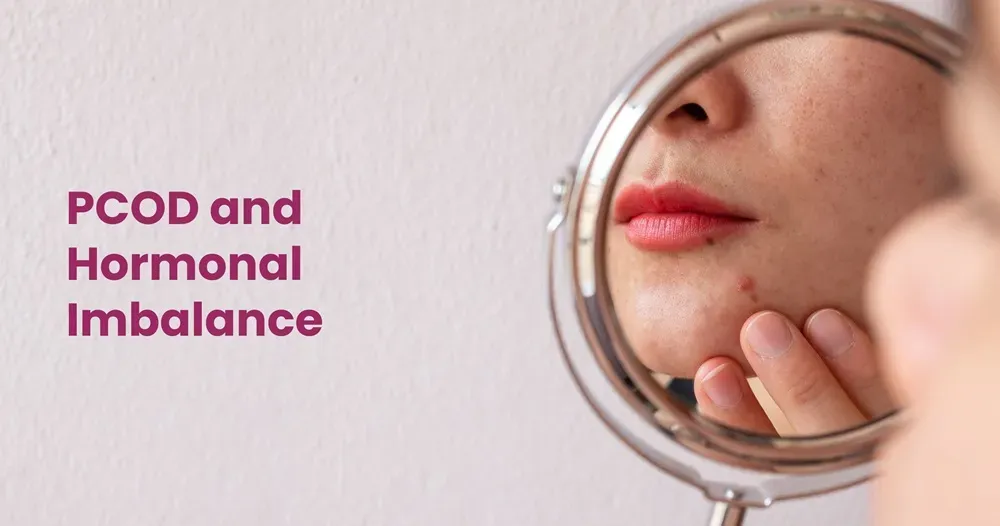Strong Bones, Strong Women: Understanding the Link between Vitamin D and Bone Health
Jan 13, 2024

Vitamin D is essential for bone health and calcium absorption. Bone health is crucial for mobility, independence, and sustaining a high quality of life into older age. However, many women face an increased risk of developing osteoporosis and bone fractures later in life. Statistics estimate that over 50% of postmenopausal women will have an osteoporotic-related fracture, and only 33% of senior women who have a hip fracture will be able to live independently again. Without adequate vitamin D levels, calcium goes unused, creating brittle bones despite sufficient calcium consumption.
This direct impact on bone metabolism and growth makes vitamin D crucial for women to attain and preserve optimum bone density and strength. This blog delves into Vitamin D's vital role in maintaining strong bones and what women can do to prevent bone-related issues.
Understanding Vitamin D Physiology for Healthy Bones
Vitamin D, often called "sunshine vitamin," is crucial for absorbing calcium and promoting bone growth. Insufficient Vitamin D can lead to brittle, thin, or misshapen bones. While sunlight is a natural source, dietary sources like fatty fish, fortified dairy products, and vitamin D supplements also contribute to maintaining adequate Vitamin D levels.
- Our skin manufactures vitamin D when exposed to UVB rays in sunlight. Kidneys also convert vitamin D into the active form, calcitriol, creating bone-building cells (osteoblasts).
- Calcitriol stimulates these osteoblasts to absorb blood calcium and phosphate. This facilitates bone mineralisation as the osteoblasts deposit calcium phosphate in developing bones and teeth.
- Researchers have also identified vitamin D receptors in osteoblasts and osteoclasts. By activating these receptors, vitamin D can continuously regulate the bone remodeling process throughout our lifetime.
- Without vitamin D, intestinal absorption of dietary calcium drops by 10-15%, causing deficiency even if calcium intake is adequate.
- Low vitamin D and calcium disable proper bone construction, leading to soft, brittle bones that fracture or deform more easily under pressure. This manifests as rickets in children and osteoporosis in adults.
Ensuring adequate vitamin D levels provides the nutritional factors necessary for osteoblasts and osteoclasts to sustain their crucial functions and facilitate optimal bone turnover and regeneration with age.
Causes of Vitamin D Deficiency
The common causes observed for vitamin D deficiency are:
- Vitamin D deficiency can stem from limited sun exposure, especially for those with indoor-centered urban lifestyles.
- Many Indian cities contend with high pollution and restricted outdoor time, meaning less sunlight-based vitamin D synthesis.
- Deficiency is also frequently linked to dietary gaps, where daily intake of vitamin D-rich foods like fatty fish, egg yolks, and fortified milk is insufficient.
- Certain digestive conditions (like celiac or inflammatory bowel disease) can also impair vitamin absorption from food.
- Additionally, medical issues with parathyroid or kidney function plus medications like steroids, weight loss drugs, and seizure treatments can negatively impact vitamin D activation and utilisation, necessitating deeper investigation and supervision.
Risk Factors for Poor Bone Health
Women face considerably higher osteoporosis risks after menopause compared to men, owing to post-menopausal hormonal changes like plummeting estrogen. As this crucial sex hormone plunges in the decade after menstruation ends, bone degradation accelerates rapidly. Age-related viscosity and mutability issues in collagen fibers also reduce bone tensile strength. Beyond hormones and aging, other poor bone health risk factors include:
factors include:
- Vitamin D deficiency.
- Low calcium intake through dairy avoidance.
- Cultural avoidance of seafood.
- Excessive thinness.
- Smoking tobacco.
- High alcohol consumption.
- Deficiency in vitamins K and C.
- Chronic use of certain antidepressants or diabetes medications.
A sedentary lifestyle with minimal weight-bearing activity further exacerbates the likelihood of density decline. Recognising both modifiable and non-modifiable risks allows women to target prevention efforts appropriately.
Symptoms and Consequences of Vitamin D Deficiency
Early deficiency signs like chronic fatigue, bone pain, muscle cramps or weakness, joint pain, and susceptibility to infection provide warnings to spur correction efforts before further deterioration.
- Mild to moderate deficiency may have no obvious symptoms initially but still silently decay bone strength.
- Bone marrow disorders like multiple myeloma, organ transplants, and chemotherapy also contribute to bone disease.
- Prolonged and severe deficiency ultimately leads to pronounced conditions like osteomalacia, characterised by softened bones unable to resist minimal trauma.
- Osteoporosis also commonly occurs in this context, marked by porous and fragile bones prone to fracturing and hunching of the spine over the years.
- The heightened fracture rates in senior women frequently link back to inadequately managed D deficiency.
- Keeping levels in an optimal range supports calcium incorporation into the organic bone matrix to retain mineralisation and balanced bone remodeling via osteoclast regulation, preventing rapid degradation.
Hence, regular screening allows early identification and prevention of deficiency before it reaches painful clinical stages.
When to See a Doctor
It becomes crucial to consult your healthcare professional promptly if you experience symptoms potentially tied to bone health issues like:
- Pronounced or lingering bone pain,
- Joint pain,
- Loss of height,
- Twitches, spasms
- Slow healing fractures
- Muscle weakness in the lower body.
All women over 50 should proactively schedule optimum bone density screening, even if other symptoms are absent.
Diagnostic testing should include
- Vitamin D25: Measures D2/D3 levels
- Serum calcium
- PTH intact: Parathyroid hormone
- 24-hour urine calcium
Preventive Measures and Treatments
Treating bone health requires a personalized plan based on lab test findings:
- Nutritionally, consuming a lifelong balanced diet high in calcium and vitamins D and K facilitates strong bone remodeling and mineralisation.
- Calcium supports bone matrix protein functioning, while vitamin D improves gut absorption and modulates skeletal cell activity. Vitamin K aids proteins that give elasticity and trabecular bone patterns.
- Active solar exposure spanning arms and legs for 10-30 minutes 4x weekly encourages skin vitamin D synthesis.
- Weight-bearing and resistance training exercises stress bones in healthy ways to incentivise increased mass, especially before age 25, while accruing peak density.
- Reducing alcohol, caffeine, and tobacco prevents the extraction of bone minerals.
- Quitting smoking and maintaining a BMI of 19-25 protects estrogen levels from precipitously dropping.
- In some moderate deficiency cases, doctors may recommend over-the-counter vitamin D supplements and calcium tablets between 1000 and 2000 IUs daily.
- With specialist guidance and blood testing, pharmacologic agents like bisphosphonates or the RANK-ligand inhibitor Denosumab can also help strengthen bones in those with more advanced osteopenia or osteoporosis risks.
- Lifestyle modifications are vital in realising the full benefits of dietary and medical interventions.
The Bottom Line
Understanding the link between Vitamin D and bone health is imperative, especially for women. Young girls reaching optimum bone density around 20 years old and women nearing menopause are at the highest risk. The former group needs ample bone building in adolescence to amass maximum bone mass reserves, which slowly deplete with age. Menopausal women enter an accelerated bone loss phase due to estrogen effects weakening bone formation. By being proactive about Vitamin D intake and lifestyle choices, women can maintain stronger bones and healthier lives.
Apollo Diagnostics is a trusted ally in this journey, offering expert health services and guidance. Don't wait for symptoms to appear. Take charge of your bone health today. Visit Apollo Diagnostics to learn more or schedule a bone health check-up.
FAQs
Q1: How does Vitamin D specifically benefit women's bone health?
A1: Vitamin D aids in calcium absorption, crucial for maintaining optimum bone density and strength, particularly vital for women post-menopause.
Q2: Can Vitamin D deficiency be reversed?
A2: Yes, with proper diet, supplements, and sunlight exposure, Vitamin D levels can be restored, improving bone health.
Q3: How specifically does D aid older women’s skeletal strength?
A3: As women age, maintaining an optimal D range protects against fractures by enabling calcium incorporation into the organic bone matrix to retain mineralization while facilitating osteoclast regulation to balance long-term bone turnover.
Related Blog Post
- 5 Causes of Infertility
- 5 Important Medical Tests for Women Above 30
- HPV Detection and Genotyping for Cervical Cancer Detection
- Importance of Genetic Counselling in Genetic Testing
- A Comprehensive Guide for Women’s Bone Health Through Different Stages of Life
- Navigating Breast Cancer Screening: Current Guidelines and Insights
Blog Categories
- Child Health
- Mens Health
- Women's Health
- Mental Health
- Health Myths & Facts
- Fitness
- Nutrition/Recipes
- Remedies
- Weight Management
- Stress Management
- Health Supplements
- Addiction Management
- Disease Management
- Allergy
- Anemia
- Arthritis
- Asthma
- Autoimmune Diseases
- Blood Pressure
- Cancer
- Deficiencies
- Dengue/Malaria/Chikungunya
- Diabetes
- Eye Problems
- Heart Diseases
- Hepatitis
- HIV/AIDS/STD
- Hormonal Imbalance
- Infection/Flu/Viral
- Kidney
- Liver
- Menstrual Problems
- Pregnancy
- Skin & Hair Problems
- Stomach Ailments
- Thyroid
- Others
- Health Checkups
- Diagnostics/Pathology
- Lifestyle & Wellness
- Covid
- Medical Tests
- Cholesterol
- Health Tips
- Parent Care/Old Age
- Lungs
- Food Intolerance








